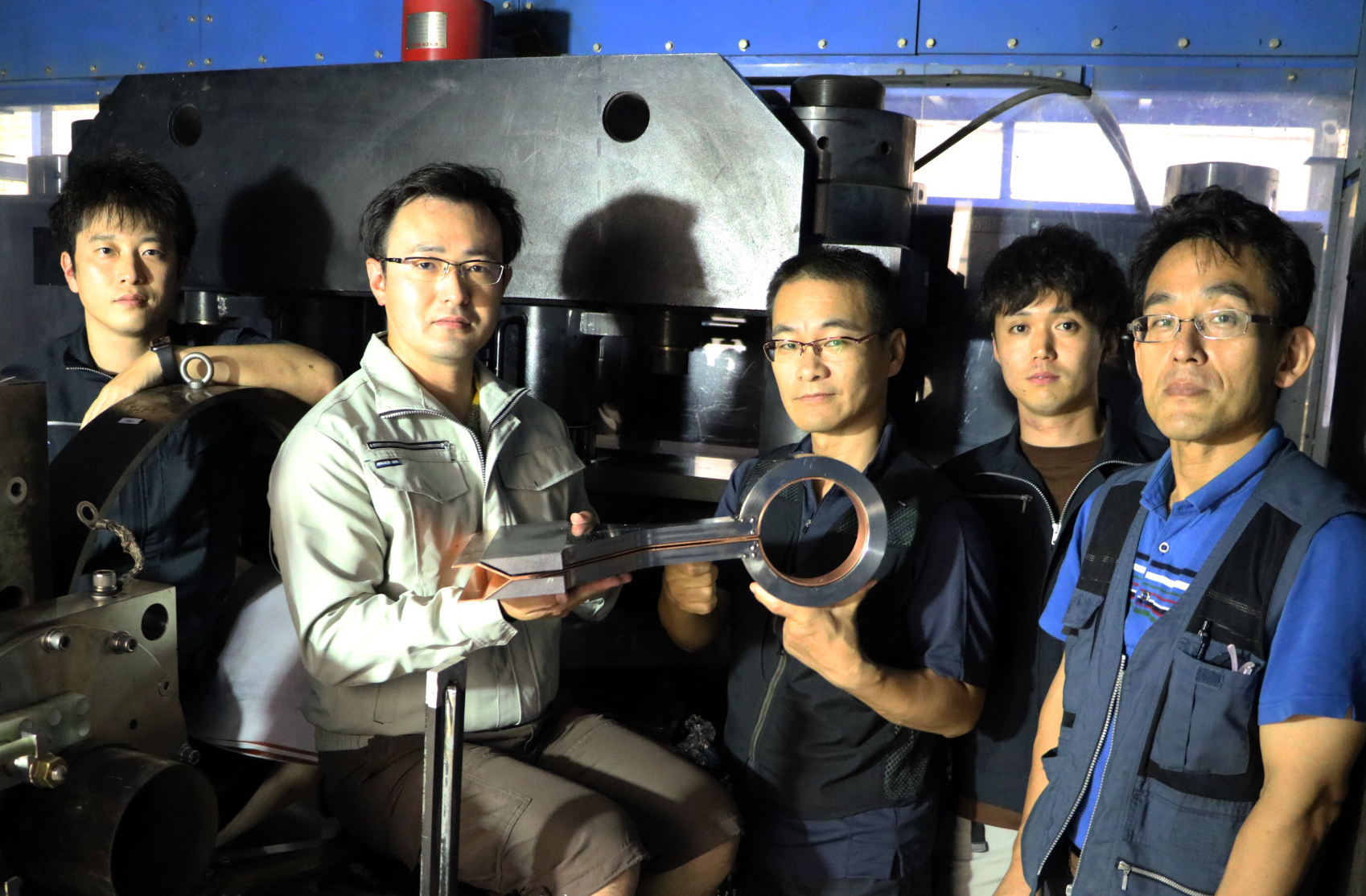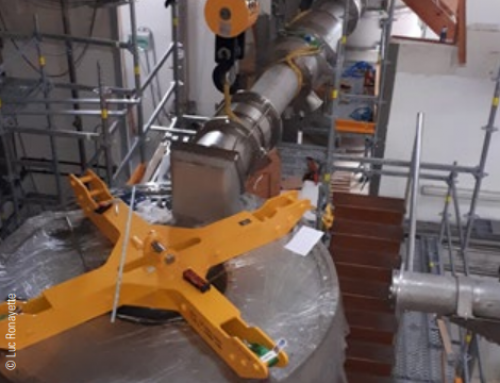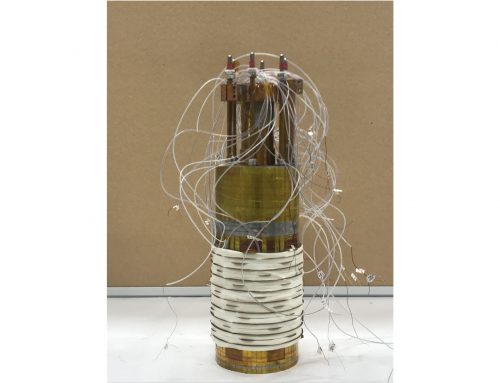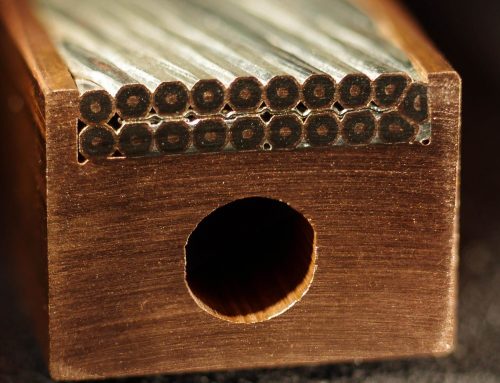
Photo © H. Matsuda
Yasuhiro H. Matsuda, IMGSL-ISSP Kashiwa, University of Tokyo.
40 years ago, Prof. Chikazumi launched a project to realize extremely high magnetic fields by using electromagnetic flux compression (EMFC) at ISSP, and the project was taken over by Profs. Miura and Takayama. In 2018, a magnetic field of 1200 T was produced using EMFC pushing the frontiers of science (see also [1,2]). By producing 1000 T in an indoor experimental environment, several kinds of precision measurements have become possible even in this ultrahigh field range.
The multi-megagauss field research offers opportunities to challenge many intriguing physical topics, including (i) the full spin control of strongly correlated electrons, (ii) research on the lowtemperature normal-state nature of high-Tc superconductors, (iii) investigation of effects of wave function shrinkage on molecules and atoms, and (iv) the study of quantum spin physics with strong interactions. In relation to (i), we recently found a novel field-induced insulator-metal transition in W-doped VO2 at 500 T [3]. We may also find further intriguing topics in interdisciplinary areas collaborating with chemists, biologists, or astrophysicists.
To explore and develop ultrahigh magnetic field science, we are delighted to collaborate with researchers in the user community of the European Magnetic Field Facility who are interested in the 1000 T environment. We like to discuss possible collaboration with those who have specific ideas for ultrahigh fields exceeding 300 T, which cannot be reached by the single-turn coil technique. Moreover, we are seeking to deepen the cooperation of ISSP with EMFL in a more formal way.
[1] Record indoor magnetic field of 1200 Tgenerated by electromagnetic flux-compression, D. Nakamura et al, Rev. Sci. Instrum. 89, 095106 (2018). https://aip.scitation.org/doi/10.1063/1.5044557
[2] Magnetic phases of a highly frustrated magnet, ZnCr2O4, up to an ultrahigh magnetic field of 600 T, A. Miyata et al., Phys. Rev. Lett. 107, 207203 (2011). https://journals.aps.org/prl/abstract/10.1103/PhysRevLett.107.207203
[3] Magnetic-field-induced insulator-metal transition in W-doped VO2 at 500 T, Y. H. Matsuda et al., Nat. Commun. 11, 3591 (2020). https://www.nature.com/articles/s41467-020-17416-w






